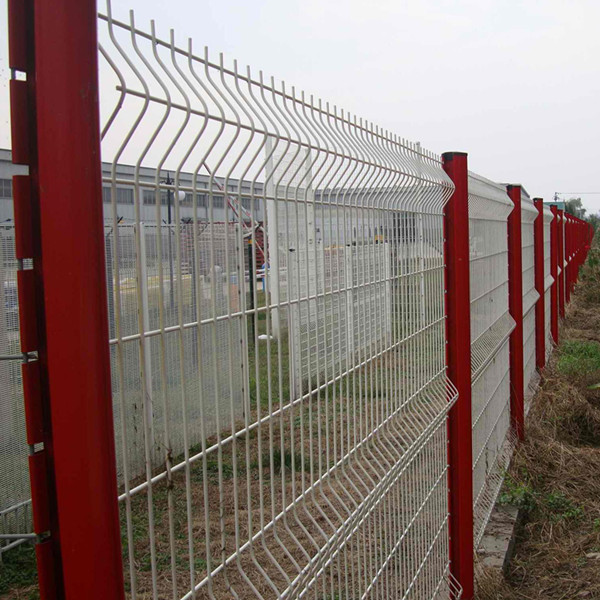Tree Management
Tree management mainly includes: saplings and adult tree pruning. Spring pruning usually takes place from mid-March to mid-April (pre-emergence).
Saplings should be dried and reconstructed. Drying of young trees should be done sooner rather than later. The traditional late setting and high dryness are important reasons for the late results. Properly set early dry, low dry is conducive to early forming, early results should generally be 2-3 years after planting, when the tree height above 1-1.2 meters when the dry, dry height of about 80 cm, clear all the following dry place The second branch or leave a short section.
The tree shape of the jujube tree can be flexibly controlled according to the cultivation density, variety characteristics, and site conditions. The commonly used trees on the jujube tree are evacuation layered, happy-shape, single-main-spindle, Y-shaped, column-shaped, etc. In fact, if used properly, all kinds of trees can be produced in high yield.
Results Tree pruning Under reasonable conditions, maintaining the jujube has a certain degree of nutrient growth, promote root growth, and maintain robust trees. Follow the principle of “trimming trees and shaping them with branches†to solve the main problem of ventilation and light transmission, and carry out moderate double cuts on the external jujube branches, so that the annual growth of the jujube head is maintained at about 30 cm, and attention is paid to adjusting the entire The tree's affiliation, after pruning, the total number of buds on the dates of the year should account for 1/8-1/6 of the whole tree, in order to ensure that the tree is strong, air and light and the appropriate amount of foliage.
Under the tree management
Fertilization in spring fertilization includes the application of base fertilizer in early spring and quick-applied fertilizer in late spring. In the late spring, the quick-to-apply fertilizer is dominated by nitrogen fertilizer, which takes place before and after germination in April-May. General adult trees in the outer side of the tree, digging 4-8 cm deep 30-40 cm hole, each topdressing urea 0.5-1 kg, superphosphate 2 kg, young trees reduce it.
Spring plowing and refurbishment of tree trays Spring ploughing is performed after the soil is thawed. The depth of ploughing is 30-40 cm, and the depth from the trunk should be shallower to prevent the injury of large roots. It is inappropriate to plough the areas and seasons where there are many winds and winds in spring. Spring ploughing in mountainous areas should be done in conjunction with repairing the tree tray.
Spring irrigation in spring in northern China is mostly arid and less rainy, and the irrigation effect during the germination period is better. General irrigation to take hole irrigation or furrow irrigation. The amount of irrigation should be based on the weather, public opinion, tree potential, age, etc. Spring irrigation is best combined with dressing.
Pest Control
Spring is the critical period for pest control. The pests occurring in the jujube area in the spring mainly include jujube pincers, food buds, worms, juveniles, and green-blind stink bugs. They should be prevented and treated as soon as possible in the key period. Diseases such as jujube worm disease, date rust disease, anthrax disease, and ring rot disease should also be combined with spring cleaning date gardens, cutting pests and branches, and burning them to reduce the occurrence of these diseases.
It is best to scrape the old bark and scrape the overwintering eggs in winter to scrape bark and spray lime. In late March, the entire tree was sprayed with 5 Baume degrees of lime sulfur to eliminate pests such as leafhoppers and scale insects.
Wrap the plastic apron or coat the shellac. In the middle and late March of the middle of the month, wrap a 6-10 cm wide plastic tape around the bottom of the trunk or apply glue to prevent the pests from jujube and other pests from getting on the trees, poisoning the jujube and jujube buds. Pests.
Wire Mesh Fence
The wire mesh fence including : airport fence/ security fence, court wire mesh fence, farm fence, community wire mesh fence, temporary fence, workshop separation fence, holland wire mesh fence, etc. In general, the material of wire mesh fence is low carbon steel or stainless steel. The surface treatment of wire mesh fence : PVC , painted, galvanized and powder coated.The wire mesh fence be widely used at latge airports both at home and abroad, used in highways, railways, station, service area, protecting tax area, harbor, fields, etc.
The advantages of wire mesh fence :
unique structure
easy and quick to install
easy to transport
good anti-corrosion
enduring
hard to fade and transform
beautiful shape

Wire Mesh Fence,Temporary Fence,Chain Link Fence,Euro Fence
ANPING COUNTY SHANGCHEN WIREMESH PRODUCTS CO.,LTD , https://www.scwiremesh.com